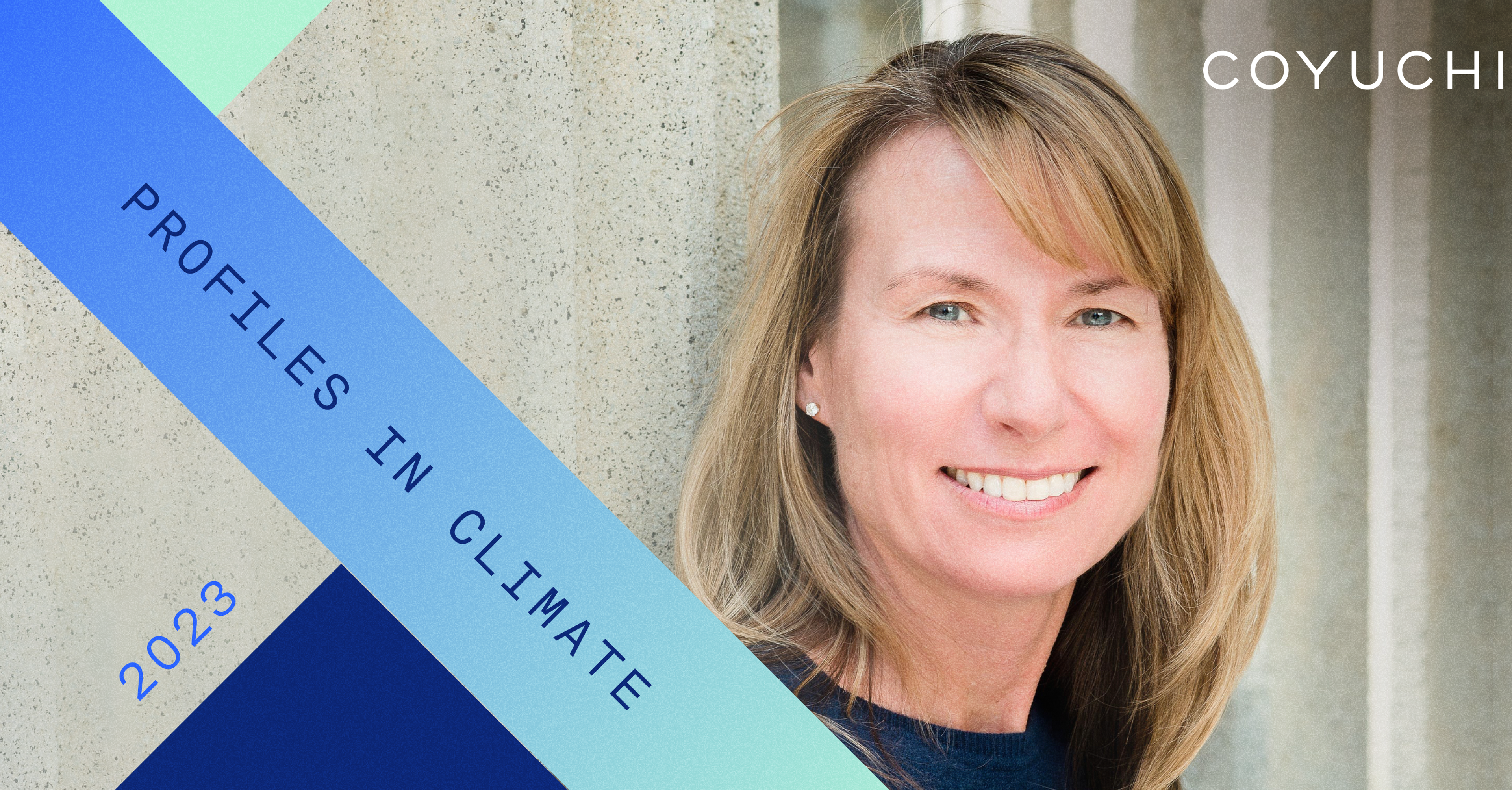Square’s vision is to help create an inclusive global economy where everyone can participate and thrive. Climate change threatens that vision, especially for underserved communities around the world. So in 2020, Square announced an ambitious climate program to get to net zero carbon by 2030, and to accelerate the conversion to renewable energy for mining bitcoin.
For years, Square had worked to build products in a sustainable way, sourcing sustainable materials for hardware devices and reducing packaging.
But Square’s purpose of economic empowerment goes far beyond its own operations. They decided their climate program should too. They set up a new sustainability team in the finance organization. Neil Jorgensen, the global culinary lead who had been quietly making his own operations carbon neutral, was tapped to lead it, and launched a partnership with Watershed to supercharge Square’s climate efforts.
Square is a good example of what sets today's climate leaders apart:
Net zero ambition, and fast. Building a world-class climate program starts with a commitment to reducing as much carbon as possible as fast as possible. A few years ago, most companies measured emissions from their offices, purchased offsets, and stopped there.
Square envisioned a more ambitious program: to get to net zero carbon by reducing carbon in every part of the business, then funding verified carbon removal for whatever emissions remained. It’s a bar met by a small group of leading companies, many of whom worked on climate for more than a decade before they were ready to commit.
Square began working with Watershed in May 2020, and announced a commitment to get to net zero carbon by 2030 in December.
“Watershed enabled Square to build a powerful and deeply specific climate action program literally from scratch: global carbon audits, strategic implementation, and investor-grade reporting. They move fast and with precision which has been a perfect alliance. I consider them our long-term, end-to-end sustainability partners,” said Neil Jorgensen from Square.
Climate, operationalized. Executing on Square’s net zero ambition will take a company-wide effort.
The Watershed partnership gave teams across Square the information and tools they needed to take action. Teams from Hardware to Logistics and Procurement are using Watershed to understand the impact of everyday decisions.
For example, the Hardware team is now conducting life cycle assessments of products to figure out how to design them in a lower carbon way.
Bringing the ecosystem along. Today’s climate leaders are looking beyond their own operations to reduce emissions in the wider ecosystem. At Square, that meant taking on one of the knottiest problems in technology sustainability: bitcoin.
Square believes that bitcoin is a pathway to a more participatory global monetary system. But mining it consumes energy, and Square is part of the value chain of those emissions.
Square decided to look beyond the bitcoin processed in its own products to the broader ecosystem. By engineering a transition to zero-carbon electricity, Bitcoin could go from a carbon cost center to an accelerant of green energy. In December, the team launched the Bitcoin Clean Energy Investment Initiative, a $10 million commitment to drive adoption and efficiency of renewables within the bitcoin ecosystem.
We’re at the beginning of the last decade we have to limit global emissions. Square shows it’s possible for businesses to reduce emissions fast when they engage their ecosystems and operationalize climate across their business.












